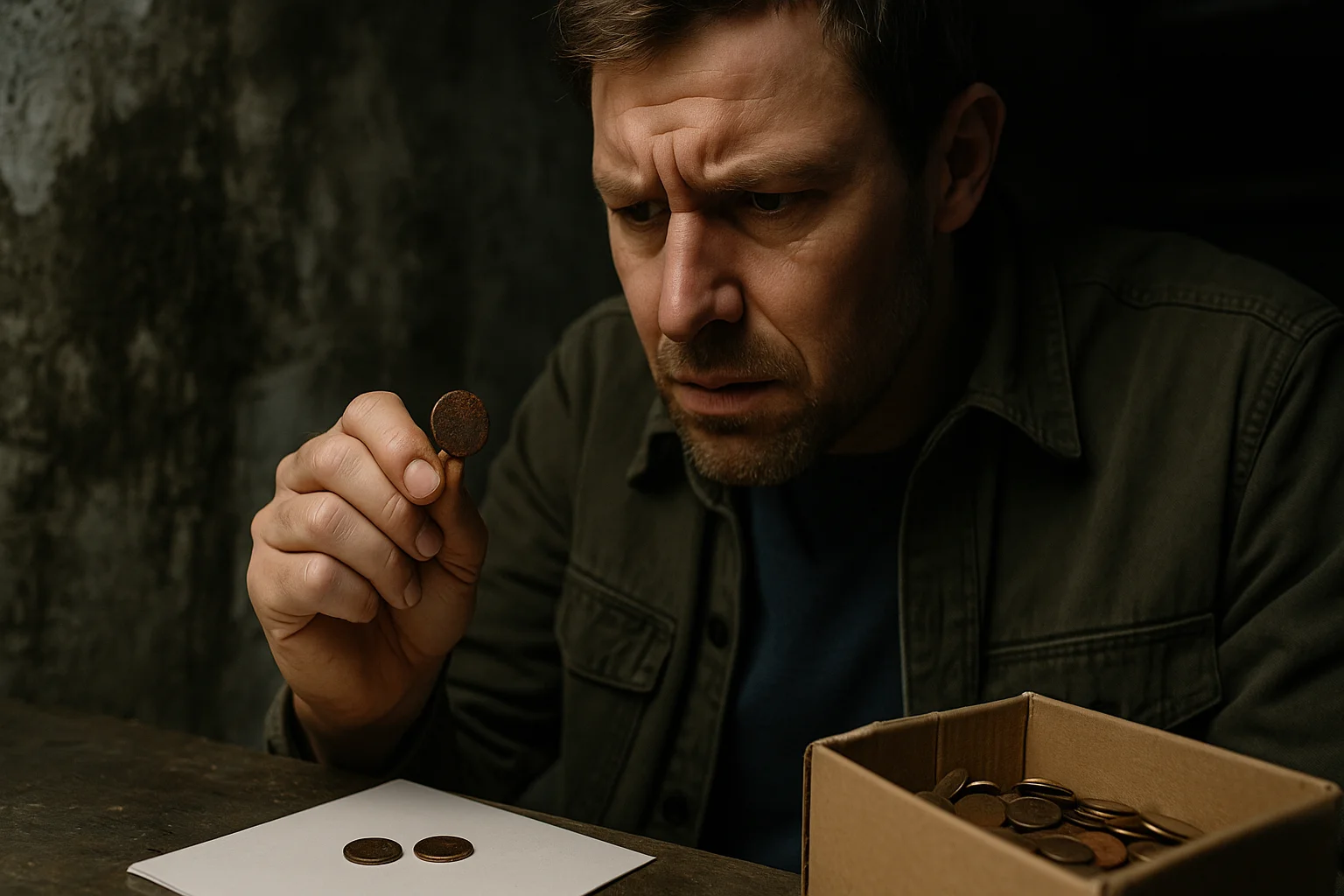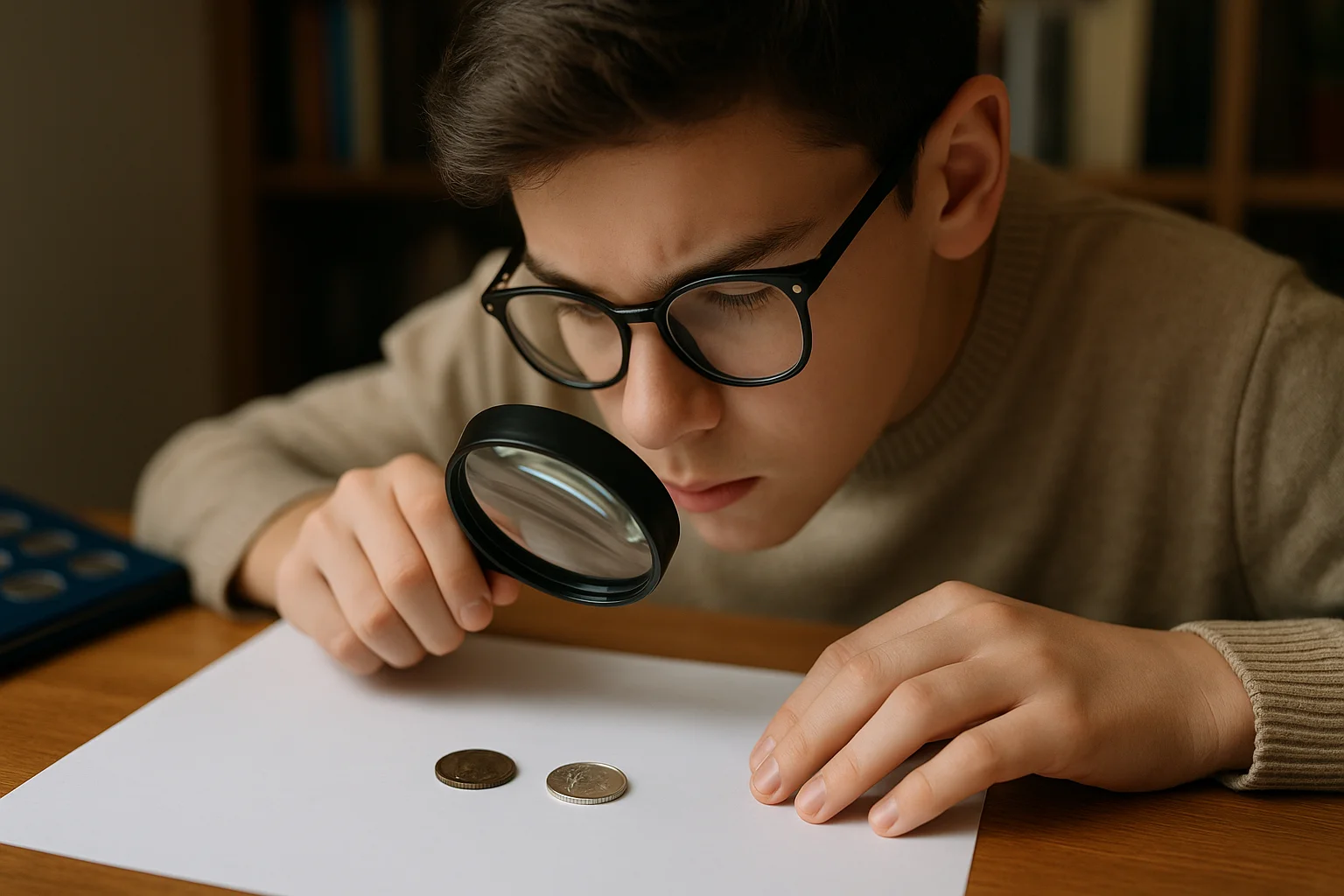If you’ve ever held a strange-looking silver penny and wondered what it is, there’s a good chance you’ve come across a 1943 steel wheat penny. Unlike most copper-colored cents, this one stands out — literally — because it is made of steel. And while it may seem like just a quirky coin from the past, the 1943 steel wheat penny value can actually surprise you.
Whether you found it in an old jar, inherited it from a relative, or bought it at a flea market, this coin has more to it than meets the eye. But before to consider how to clean, store, and protect it like a professional, we offer you to explore how this penny came to exist in the first place — and why collectors still chase it today.
Historical Background: Why the 1943 Steel Wheat Penny Exists
The story of this penny starts with a global crisis — World War II. In 1943, copper was in high demand for wartime materials, e.g., ammunition and telecommunication cables. To conserve resources, the U.S. Mint temporarily changed the composition of the Lincoln cent.
Instead of the usual copper, the Mint used zinc-coated steel to produce pennies. The result is a coin that looks silver but rusts easily and sometimes sticks to magnets. Over 1 billion were made across the Philadelphia, Denver, and San Francisco mints.
But not all 1943 cents were steel. A few accidental copper strikes slipped through — and these ultra-rare 1943 bronze wheat pennies can fetch hundreds of thousands of dollars at auction.
Fun fact: Because the steel cents looked too much like dimes and rusted easily, the Mint went back to using copper in 1944. That makes 1943 a true one-year anomaly.
How Much Is a 1943 Steel Penny Worth Today?
The value of a 1943 steel wheat penny depends largely on its mint mark, condition, and if any rare errors are present. Please refer to the table below to figure out whether the steel cent is worth more than face value:
| Grade/Condition | Philadelphia (No Mint Mark) | Denver (D) | San Francisco (S) |
| Circulated (G–VF) | $0.10 – $0.40 | $0.15 – $0.60 | $0.20 – $0.75 |
| Almost Uncirculated (AU) | $1 – $3 | $2 – $5 | $3 – $6 |
| Uncirculated (MS60–MS63) | $4 – $8 | $6 – $12 | $7 – $15 |
| High Grade (MS65–MS67) | $15 – $60+ | $20 – $85+ | $30 – $100+ |
| Rare Error (Copper planchet) | $100,000 – $375,000+ | $250,000+ | $280,000+ |
Note: Coins certified by grading services like PCGS or NGC often command higher prices, especially in Mint State or with full strike details.
Before you jump to conclusions, examine your coin carefully — condition matters. A rusty steel penny might still be historically interesting, but it won’t fetch top dollar. However, a shiny, well-preserved example with visible details might be a gem.
How to Keep It Safe: Smart Preservation Tips for Steel Wheat Pennies
Once you understand what your 1943 steel wheat penny might be worth, the next step is keeping it in that condition — or better. While they look solid, steel pennies are uniquely vulnerable to damage. With their zinc coating and WWII origins, they need a little more care than your average coin. Below you can find some tips on how to give them the protection they deserve.
- Why Steel Pennies Require Special Care
Steel cents aren’t like other coins. Their zinc coating was a wartime compromise, and it doesn’t age well when exposed to the elements. Once scratched or worn, steel quickly starts to rust — especially in humid areas.
Main threats to steel wheat pennies:
- Humidity (causes rust and corrosion)
- Friction (wears down zinc layer)
- Acidic paper/cardboard (speeds up deterioration)
Tip: Keep them away from high humidity and store in an inert plastic holder — never loose in drawers or boxes.
- Don’t Clean the Coin — Preserve the Patina
It may feel satisfying to polish a dull coin, but that “shine” comes at a price. Cleaning removes the original patina, which collectors value as proof of age and authenticity. Worse, harsh cleaning can cause microscopic scratches that tank the coin’s grade.
Why you shouldn’t clean steel pennies:
- Patina = value — removing it lowers grade
- Scratches reduce collector interest
- Some cleaning agents cause chemical reactions
Smart move: Use the Coin ID Scanner app to get a reliable assessment before you’re tempted to “improve” its look. You’ll likely find it’s worth more untouched.
- Always Handle by the Edges
Your fingers carry oils, salts, and moisture — all enemies of steel coins. Even one touch can begin a slow process of damage. That is why collectors never handle coins directly on the surface.
Best practices for handling coins:
- Hold only by the edges
- Wear cotton gloves when possible
- Avoid handling over hard surfaces (like tile)
Pro tip: If you do drop the coin, even a slight rim dent can reduce its value significantly — so work over a padded or soft area just in case.

Long-Term Thinking: How to Store and Track Your 1943 Steel Penny
You’ve learned how to handle your 1943 steel wheat penny and why cleaning is a big no-no — now it is time to think long-term. Steel pennies, like any historical artifact, deserve a protective environment. If you’re building a serious collection or preserving just one coin, the right storage setup makes all the difference.
- The Right Way to Store a Steel Penny
Basic rule: air and friction are the enemy. Steel coins need to be isolated, protected, and cushioned from impact.
Best storage options include:
- 2×2 Mylar holders: Affordable and easy to label.
- PVC-free flips: Only use non-PVC materials — PVC causes green corrosion.
- Hard plastic capsules: Great for long-term protection, especially for high-grade coins.
Tip: Avoid paper envelopes or cardboard sleeves unless they’re archival quality (acid-free and sulfur-free).
- Moisture Control: Your Steel Coin’s Worst Enemy
Even the best capsule won’t help if your storage environment is humid. Moisture is steel’s kryptonite — it can cause rust, spotting, and dullness that no tool can reverse.
How to reduce moisture risks:
- Store in a cool, dry location (closets > basements)
- Use silica gel packs in your coin boxes
- Consider a dehumidifier if you live in a damp area
Pro tip: Monitor humidity with a hygrometer. Keeping it under 45% helps your coin stay corrosion-free.
- When to Invest in Slabs and Capsules
For rare or high-grade steel cents — especially uncirculated or error coins — a slab (a sealed, graded case from a professional service) offers both protection and market credibility.
Why use slabs:
- Protects from environmental damage
- Adds resale value and authenticity
- Ideal for coins graded MS65 and above
If your coin isn’t slab-worthy, opt for a secure capsule with a foam ring insert to prevent sliding or rattling inside.
- Keep It Cataloged: Track Your Coin Like a Pro
Collectors often forget what they own — especially after a few years. Cataloging your coins not only prevents duplicates but also helps with insurance, resale, and estate planning.
How to catalog your steel pennies:
- Use a coin collecting app or spreadsheet. Apps like Coin ID Scanner make this step faster — just snap a photo and save the coin’s details digitally.
- Track: year, mint mark, grade, condition, where/when purchased
- Add photos for easy comparison

A Piece of History That Deserves Protection
The 1943 steel wheat penny is more than a wartime oddity — it is a symbol of American resilience and innovation. Preserving one is more than about potential value, but about safeguarding a piece of history for the future. With the right care, even a common coin becomes a legacy worth passing on.
So if you are a curious beginner or a professional numismatist, treat your steel cent like the relic it is — fragile, rare, and proudly forged in the fires of a nation at war.

